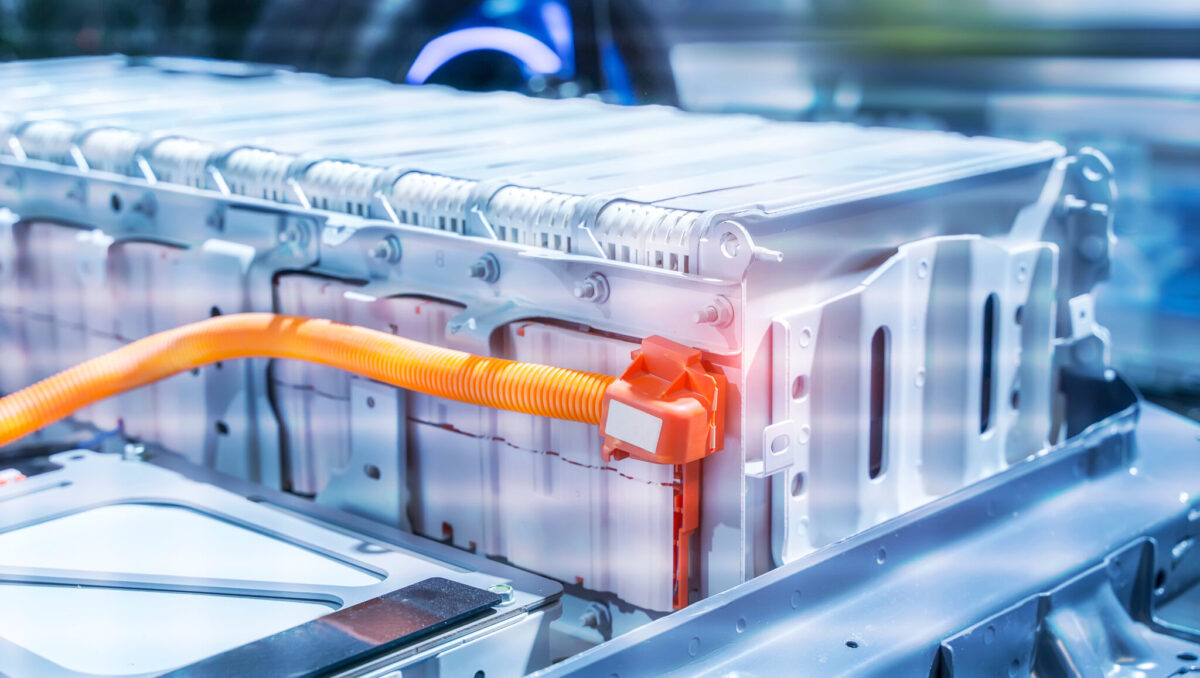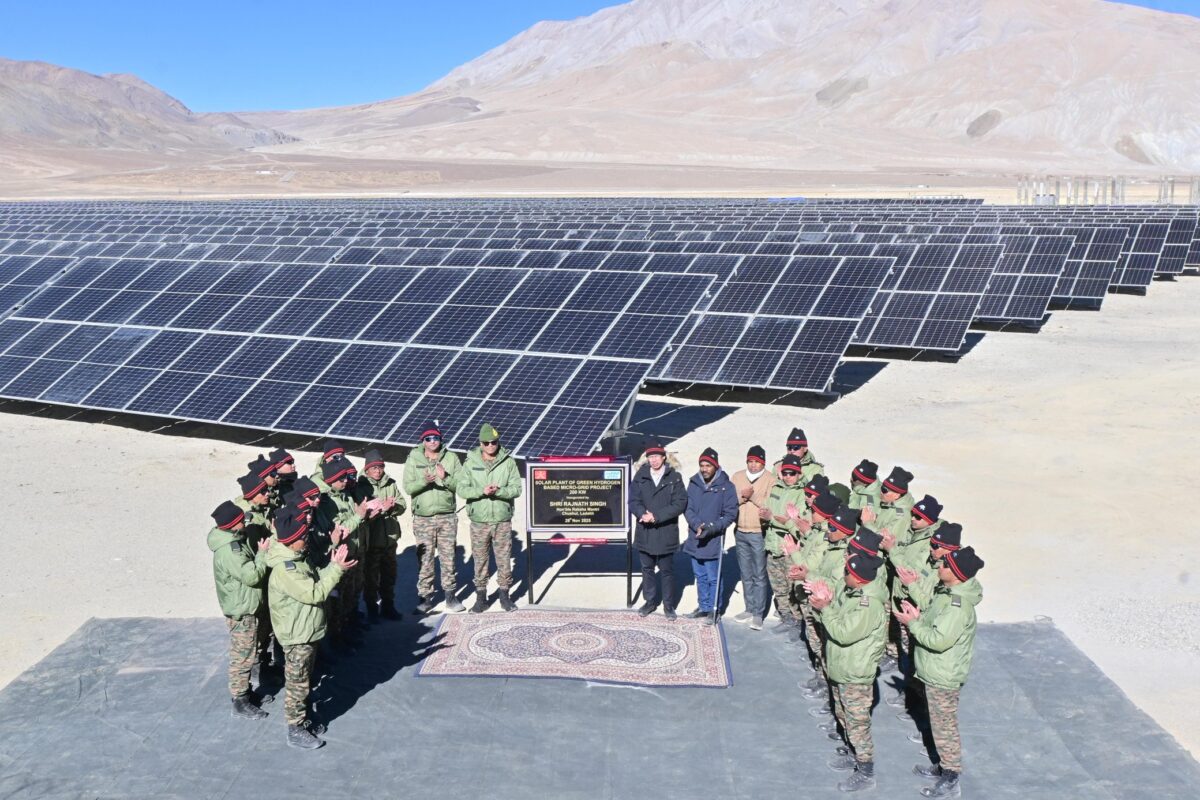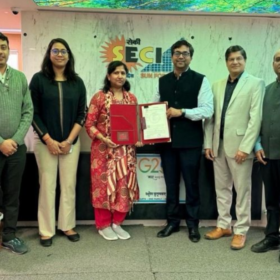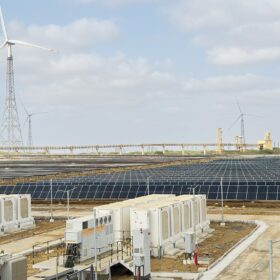Following China’s recent decision to tighten export controls on lithium battery materials and production equipment, industry leaders in India view the development as both a challenge and a catalyst.
China’s new rules, effective November 8, 2025, cover export of high-performance lithium-ion batteries, cathode materials, graphite-based anode materials, and associated production technologies. The move is seen as part of its broader efforts to safeguard national security, meet international non-proliferation obligations, and regulate the export of critical dual-use items (goods, software and technology) that can be used for both civilian and military applications.
Ankur Khaitan, Managing Director & CEO of The Advanced Carbons Company (TACC Ltd), calls the development a “defining moment” for global clean-energy supply chains. “While this may cause short-term volatility in battery-grade material prices and affect EV manufacturers dependent on Chinese imports, it also accelerates a long-overdue rebalancing of global sourcing,” said Khaitan.
He said that the global EV industry is heavily dependent on China which is not a surprise for anyone – but at the same time the cost, timelines involved is very large, requiring strategies to develop alternative sources.
“Players outside China have to look this with a different lens and develop new strategies towards non Chinese material. India has a great advantage where we can construct at a fast pace and at the same time keep a strong competitiveness with China.”
Khaitan highlighted the government’s proactive initiatives—from the PLI scheme for ACC manufacturing to the creation of critical-minerals missions to the state governments supporting companies to build new manufacturing bases—are laying the foundation for self-reliance in battery materials.
TACC, a company with over 59 years of experience in Graphite and carbon, is already investing in graphite-anode materials for the global industry, with ‘make in India’ as the priority”
“In the near term, tighter Chinese exports could lift the global cost of battery components which had become dangerously low leading to fierce competition especially by newer Chinese players, but in the long term, it will encourage non Chinese productions with India getting a priority due to costs and execution power. This diversification will make the global EV ecosystem more resilient and sustainable,” said Khaitan.
Khaitan added that India is gearing up to compete not just on cost, but on innovation as well: “India has a strong force of talent and now industries are not only focusing on improving the traditional production methods but also developing new technologies and products. While this is a very strong point of China but India will play a critical role in this.”
Given India and China relations improving in a big way, Khaitan remains optimistic that India and China will build a stronger relationship in the near future, leveraging the strengths of both countries together.
Hiren Pravin Shah, CEO of Replus Engitech, emphasized that while the world is actively exploring a “China Plus One” strategy, the reality is that global supply chains remain heavily dependent on China. He noted that geopolitical developments will play a crucial role over the next five years to keep the supply chain running. “Currently China controls and produces raw materials including rare earth, lithium reserves and critical minerals which are significant and important for the world’s transition to new and clean energy. Almost 70% of the supply chains for solar, wind and battery technologies are controlled by China. Adding to that, the FAB, silicon and wafer materials that control the entire semiconductor industry not only for EVs but overall electronics manufacturing.”
Background
China has announced new export control measures targeting a wide range of lithium battery technologies, materials, and manufacturing equipment. The controls cover three major categories: high-performance lithium-ion batteries, cathode materials and precursors, and graphite-based anode materials.
Specifically, exports of lithium-ion battery cells or packs with a weight energy density of 300 Wh/kg or higher will now require a license. In addition, specialized manufacturing equipment such as winding machines, lamination machines, liquid injection machines, and capacity cabinets are also listed as controlled items. Technologies related to the production of these batteries fall under the same restrictions.
The second group of newly controlled items includes key cathode materials, such as high-density lithium iron phosphate (LFP), nickel-cobalt-manganese hydroxides, and nickel-cobalt-aluminum hydroxides, as well as lithium-rich manganese-based cathodes. Production equipment for these materials, including roller kilns, mixers, and grinding mills, is also subject to the new rules.
The third category relates to graphite anode materials, which are widely used in lithium-ion battery manufacturing. Both artificial graphite and blended graphite anodes are included, along with specialized production technologies like granulation, graphitization, and coating processes. Equipment such as CVD rotary kilns, spray dryers, and box furnaces are also covered.
Under the new rules, exporters of any listed items must apply for an export license from the Ministry of Commerce. All declarations must clearly state whether the items are controlled dual-use items or not.
For controlled items, exporters are required to mark “dual-use item” on the customs declaration and provide the relevant control code. For items not subject to control but with similar technical specifications, exporters must mark “not controlled item” and submit supporting documentation detailing technical parameters. Chinese customs authorities will have the power to delay or halt shipments if any discrepancies or uncertainties arise regarding the nature of the exported goods.
This latest move builds on China’s earlier export controls on natural graphite, lithium iron phosphate (LFP) cathode active material (CAM), and lithium processing technologies.
This content is protected by copyright and may not be reused. If you want to cooperate with us and would like to reuse some of our content, please contact: editors@pv-magazine.com.









1 comment
By submitting this form you agree to pv magazine using your data for the purposes of publishing your comment.
Your personal data will only be disclosed or otherwise transmitted to third parties for the purposes of spam filtering or if this is necessary for technical maintenance of the website. Any other transfer to third parties will not take place unless this is justified on the basis of applicable data protection regulations or if pv magazine is legally obliged to do so.
You may revoke this consent at any time with effect for the future, in which case your personal data will be deleted immediately. Otherwise, your data will be deleted if pv magazine has processed your request or the purpose of data storage is fulfilled.
Further information on data privacy can be found in our Data Protection Policy.